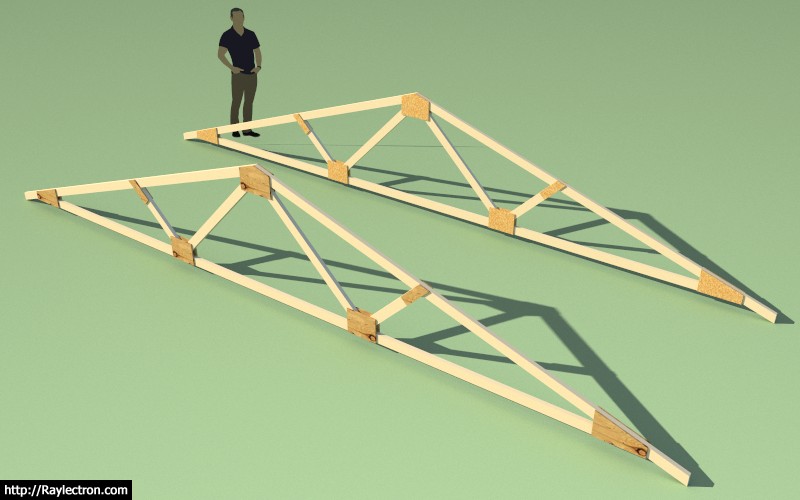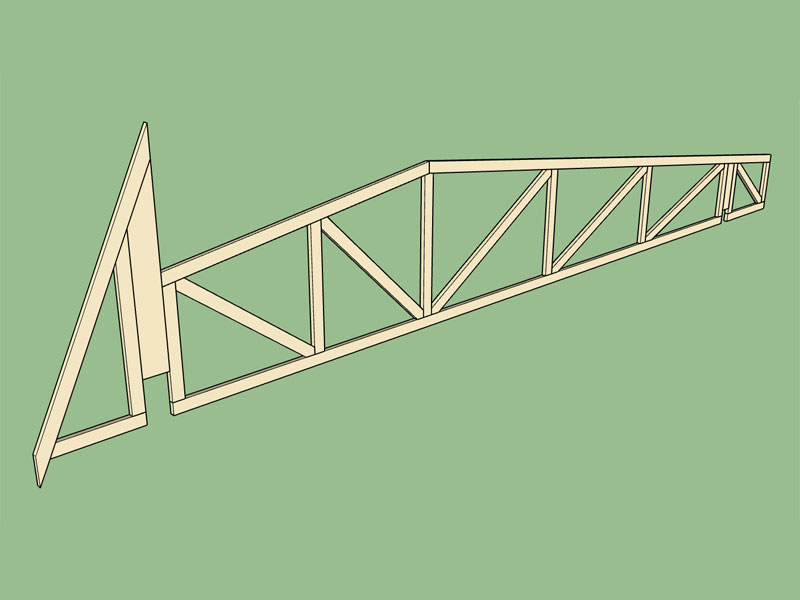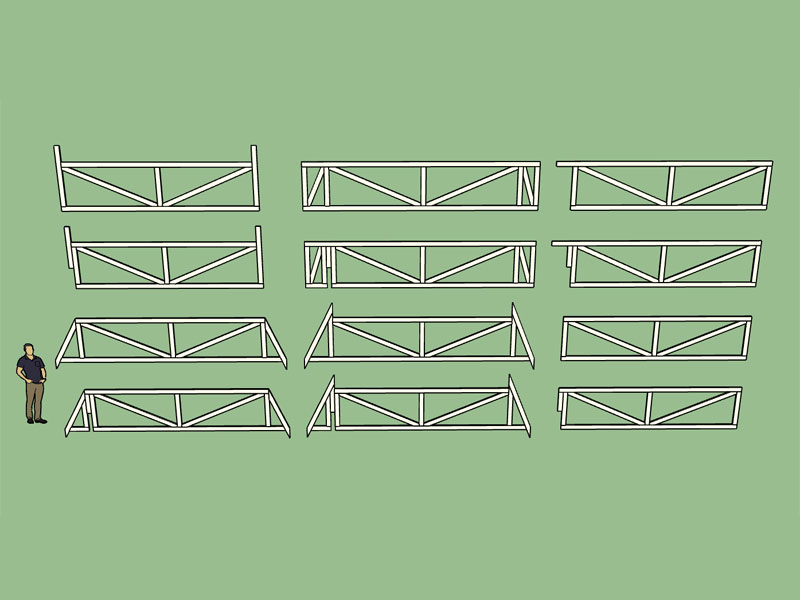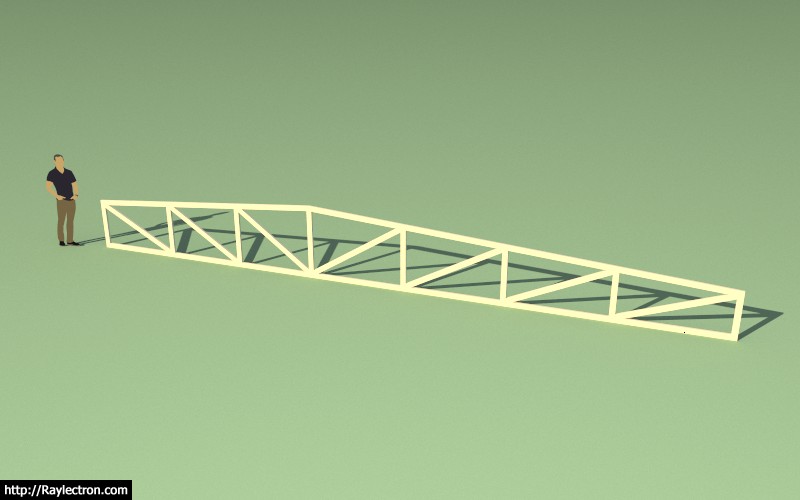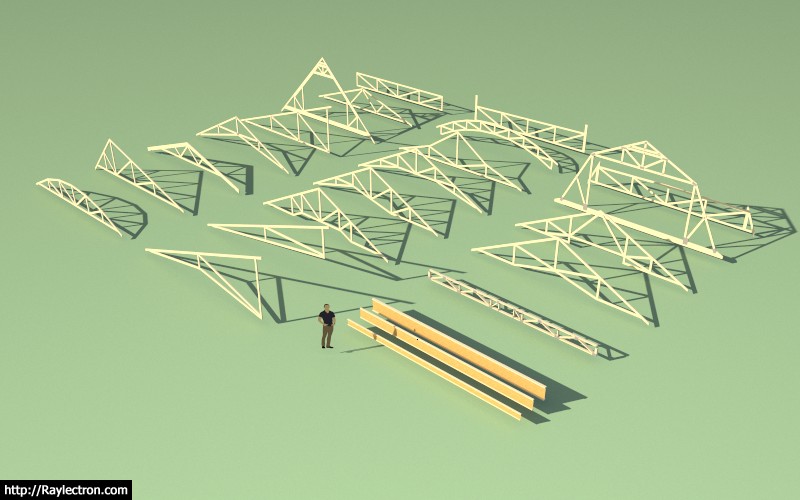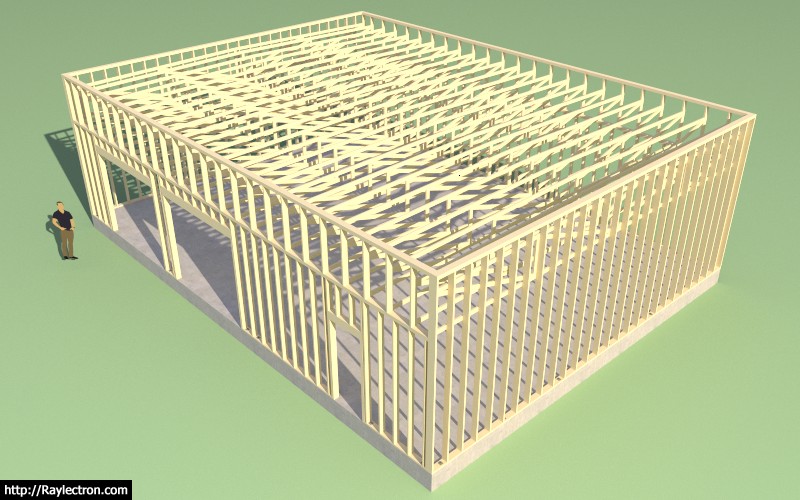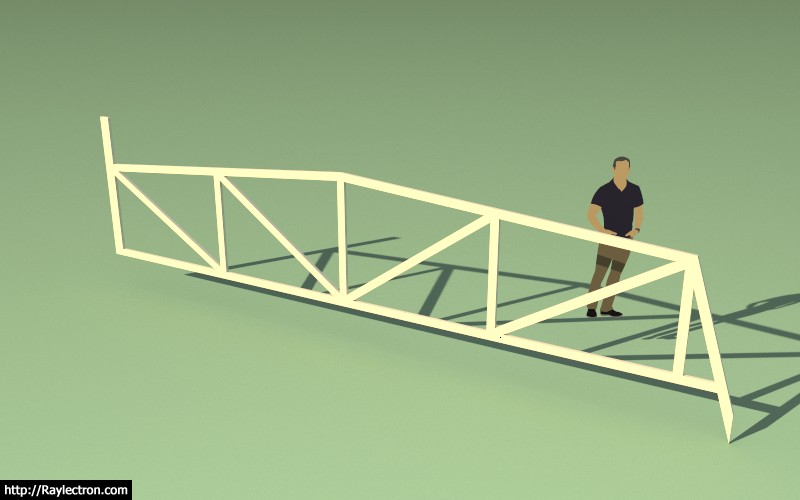An FPSF with 2" foam insulation along the wall and vertically. 2.5" foam insulation at the corners with the following horizontal dimensions:
A = 12"
B = 24"
C = 40"

The rectangle foundation is easy, the polygon shaped foundation will be more challenging.
View model here:
https://3dwarehouse.sketchup.com/model/ab622b36-cc2f-43f8-baa4-f93ceec80741/FPSF


